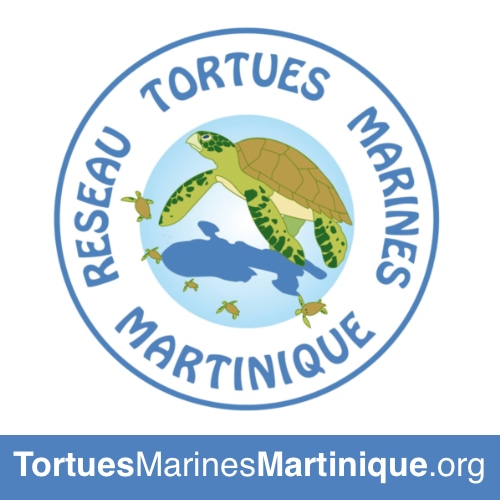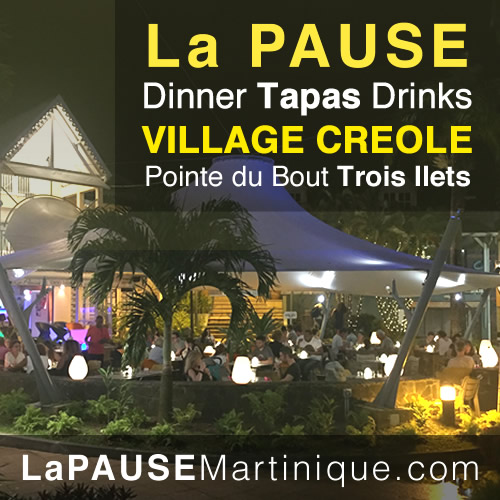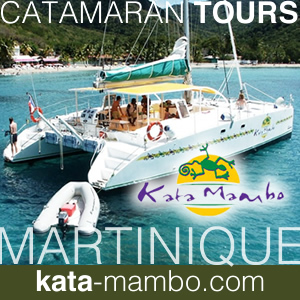Martinique is a French Overseas Department Island in the Caribbean sea.
Martinique is part of the Lesser Antilles and located in the Leeward Islands in the southern Caribbean Sea - north of Trinidad and Tobago. View Map. It's culture reflects a mix of French and West Indian Influences. Its largest town is its capital Fort-de-France featuring La Savane, a garden adjoining narrow alley shops and bistros.
1. French Overseas Department:
Martinique is an overseas department of France, which means it is fully integrated into the French state. The island uses the Euro as its currency, and its official language is French.
2. Mount Pelée:
Martinique is home to Mount Pelée, an active volcano that famously erupted in 1902, destroying the town of Saint-Pierre and resulting in significant loss of life. The eruption is one of the deadliest volcanic disasters of the 20th century.
3. Birthplace of Empress Josephine:
Martinique is the birthplace of Joséphine de Beauharnais, who became the first wife of Napoleon Bonaparte and Empress of the French. She was born in Les Trois-Îlets, a town on the island.
4. Blend of Cultures:
The culture of Martinique is a vibrant blend of French and Caribbean influences. This is evident in the island's cuisine, music, and festivals. Traditional Creole cuisine, featuring dishes like colombo (a curry-like stew) and accras (fried cod fritters), is especially popular.
5. Rhum Agricole:
Martinique is famous for its production of rhum agricole, a type of rum made from fresh sugarcane juice rather than molasses. The island's rum distilleries are renowned, and its rhum agricole is protected by an AOC (Appellation d'Origine Contrôlée), similar to the regulations governing French wines and cheeses.

"La Marseillaise"
14.40 deg N, 61 deg W
Mountainous, four ensembles of pitons (volcanoes) and mornes (mountains). Piton Conil, extreme North, dominates the Dominica Channel, Mont Pelée an active volcano, the Morne Jacob and the Pitons du Carbet are two of five extinct volcanoes now covered with rainforest at the Bay of Fort de France at 1,196 metres (3,924 ft). Mont Pelée's volcanic ash has created gray and black sand beaches in the north in contrast to to the white sands of Les Salines in the south.
South
The south with its beaches is easier to travel and thus receives most of the tourist trafic.
The most popular beaches are Pointe de Bout, Diamant, St. Luce, the department of St. Anne and Les Salines.
Lower your expectations at the fast food outlets or restaurants. The Caribbean people seem to not understand fast service. They fail miserably in rush, but do relax very well. Blame the sun!

















